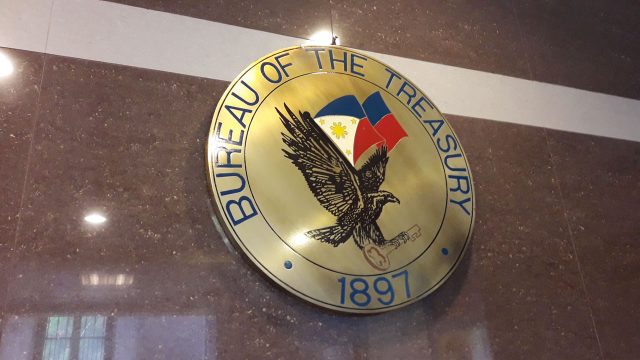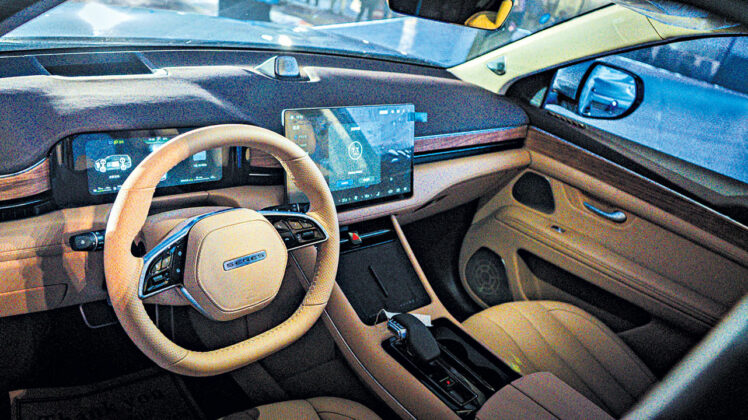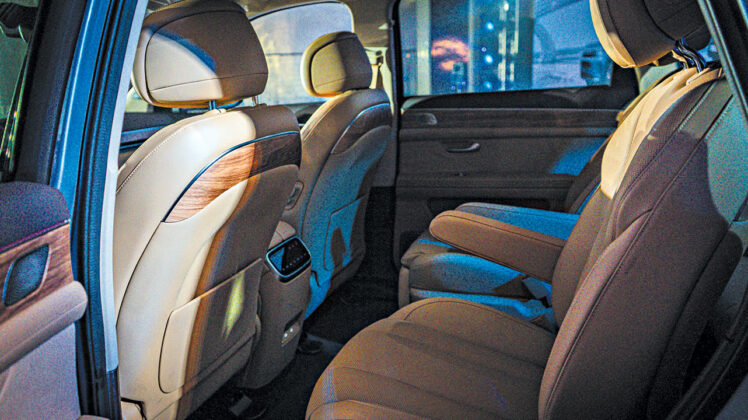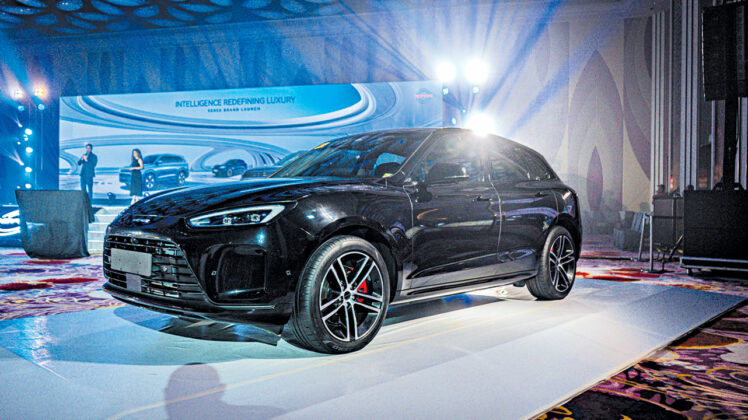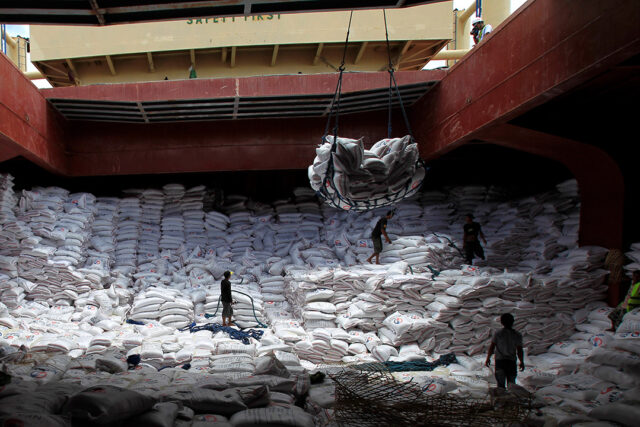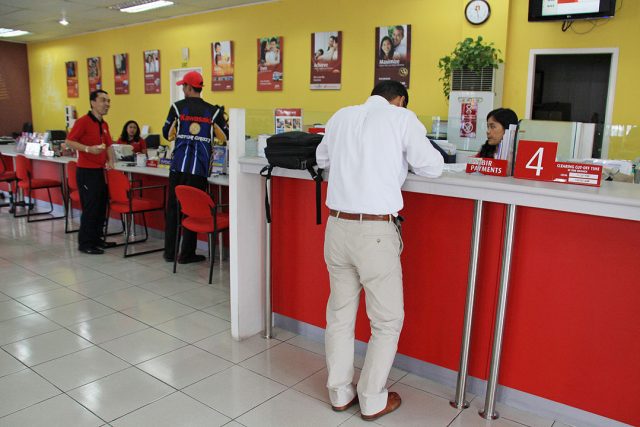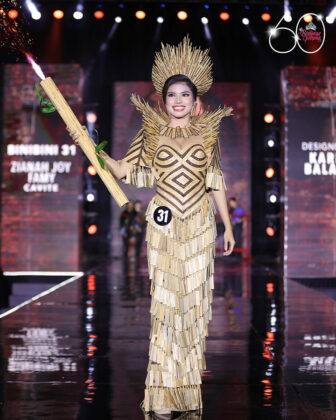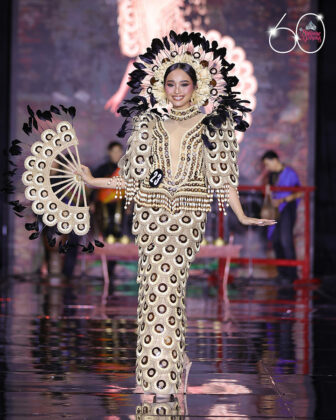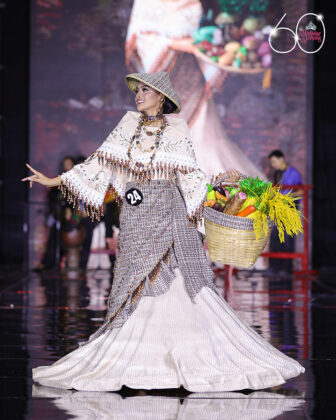“Russians lined up to purchase US dollars after the Moscow Exchange enforced an immediate suspension of trading in dollars and euros in response to fresh US sanctions,” Newsweek reported. Russia’s central bank announced on June 12 that exchange trading and settlements of deliverable instruments in US dollars and euros were suspended effective June 13 “due to the introduction of restrictive measures by the United States against the Moscow Exchange Group.” It added that over-the-counter trading data would be used to set official exchange rates for the currencies.
This retaliatory reaction of Russia follows the US Treasury’s expansion of an executive order issued by President Joe Biden in December that allows Washington to directly sanction foreign banks facilitating significant transactions for Russia. The US threatened to block banks that conduct business with firms that support Russia’s defense industry from its financial system, Newsweek explains.
It could be with sardonic humor, and some sadistic triumph that some pro-West readers took to the news of the Russian common folk still believing in the US dollar, despite their leaders now fighting bared teeth against America in the Russian grab of Ukraine’s territories.
With the rapid escalation of Russia’s invasion of Ukraine, the US and a large coalition of states, including the EU, Canada, and the UK, among others, had agreed on Feb. 26, 2022, to ban select Russian banks from the Society for Worldwide Interbank Financial Telecommunications (SWIFT) international payment messaging. The SWIFT system in over 200 countries facilitates the exchange of interbank messages containing secure payment and transfer information for settling international transactions (foreignpolicy.com).
Professor Peter C. Earle of the American Institute for Economic Research (AIER) sees the “Weaponizing of the dollar” as an unfair practice, detrimental to the operative concept of the US dollar as an unbiased global settlement and reserve system. “Shortly after its invasion of Ukraine, Russia had most of its links to the dollar-based trading network SWIFT severed, as well as seeing some $300 billion in US dollar reserves frozen. Those sanctions — unwittingly, I believe — provided a cautionary tale even to current and long-time allies of the United States. The risk that getting on the wrong side of a US policy position could result in a nation’s being effectively shut out of global commerce” (aier.org, June 19, 2023).
Further, Earle describes the “mismanagement” of the US central bank. “In the early phase of the COVID pandemic, the Fed unleashed a multi-trillion dollar deluge in which rates of money creation briefly exceeded 25% annualized at one point. They then watched as inflation broke out, wasting precious months on inaction while calling the rise in the general price level ‘transitory.’”
What the US does, and what happens in its economy, affects the world that trades and transacts in the Mighty Dollar.
The Observer Research Foundation (ORF) of India points out that “while the dollar-led international monetary system has morphed over the years to accommodate the changing dynamics of globalization, it continues to feed a cycle of inter-country inequality and amplifies business cycle fluctuations in developing and emerging economies. Particularly during times of monetary tightening, currency values collapse against the greenback and capital flees emerging economies’ shores. Asian governments are increasingly taking action to stop the fall of their currencies that have been battered this year by the mighty US dollar” (asia.nikkei.com, May 13).
The threat of losing the ability to do business in an interconnected world has further pushed countries to consider a shift from the dollar, as well as develop alternatives to US-controlled clearing and communication systems like the Clearing House Interbank Payments System (CHIPS) and SWIFT. Prof. Earle of the AIER cites sizeable trade deals like that between China and Brazil, denominated and settled in the renminbi (RMB) and the real (BRL) instead of, as it customarily has been, the US dollar. India and Malaysia settled trades in rupees, and France has reported successfully executing a natural gas trade with China settled in renminbi. Some 19 nations settled trades with India in rupee, like Russia, Sri Lanka, and Bangladesh, including the United Kingdom, Germany, New Zealand, and Israel. Last year the government of Iraq made the use of the US dollar illegal. The United Arab Emirates currency, the dirham, is seeing an increase in use throughout the Middle East.
But perhaps the most direct challenge to the mighty dollar for global transactions is from the “BRICS plus” coalition, an economic club that started with Brazil, Russia, India, China, and South Africa, and which expanded with the inclusion of Iran, the United Arab Emirates, Ethiopia, and Egypt this January.
After its 2009 Yekaterinburg summit, the BRICS nations announced the need for a new global reserve currency, which would have to be “diverse, stable and predictable.” Although the statement that was released did not directly criticize the perceived “dominance” of the US dollar — something that Russia had criticized in the past — it did spark a fall in the value of the dollar against other major currencies, the AIER paper said.
During the fifth BRICS summit in 2013 in Durban, the member countries agreed to create a global financial institution, the $100-billion New Development Bank to cooperate with the western-dominated IMF and World Bank. At the 2015 BRICS summit in Russia, ministers from the BRICS states initiated consultations for a payment system that would be an alternative to the SWIFT system. A major development in the 2022 summit was the creation of a new, basket-type reserve currency. The currency, which is challenging US dollar, combines BRICS currencies and is backed by precious metals.
“For countries seeking to mitigate the economic risks of intensifying US-China competition, joining BRICS is an attempt to straddle some of those tensions. In Southeast Asia, many nations depend economically on trade with China while also simultaneously welcoming the security presence and investment Washington provides. But BRICS membership is also a way of signaling increasing frustration with the US-led international order and key institutions that remain firmly in the control of Western powers, like the World Bank and International Monetary Fund” (bloomberg.com, Aug. 23, 2022).
But it is China and Russia who are keen to expand BRICS into a coalition to counter the US. Brazil and India, however, are reluctant, an analysis in The Diplomat says (Aug. 8, 2023). “The current turmoil in international politics has direct consequences for all the countries in the group, which are expressed in varied ways of intra- and extra-BRICS competition. In addition to the growing rivalry between China and India over border disputes and a military standoff on the so-called Line of Actual Control, as well as India’s concerns about China’s projection in its immediate surroundings, the BRICS are also dealing with the consequences and economic repercussions of the Russian invasion of Ukraine. For the first time, Russian President Vladimir Putin was not able to attend the summit last year, due to the possibility of being arrested since South Africa is party to the International Criminal Court. The ICC has issued a warrant for President Vladimir Putin’s arrest, due to allegations of war crimes in Ukraine.”
BRICS’ economic arm, the New Development Bank (NDB), is also facing complications from the Russia-Ukraine war. As of March 2022, Russia has had all trading within the NDB frozen, representing a total exposure of $1.8 billion to entities domiciled in Russia, The Diplomat noted. Political motivations of the bigger countries contradict the noble declarations of equality and fairness in this economic coalition. Although BRICS Plus presents a platform for developing countries, enabling them to increase their representation in global governance, this expansion process is also part of China’s broader economic and geopolitical interests, The Diplomat says. “Beijing’s objective in defending the expansion of the BRICS would be the formation of a coalition of countries in opposition to the G-7 bloc and its attempts to curb China’s global growth.”
So, the same sins of politicizing the global economic system and weaponizing the clearing and exchange transactions for foreign trade will predictably be committed (knowingly or unwittingly, let’s say) by whoever dominates the BRICS or any alternate system to the Mighty Dollar. The Mighty Yuan, perhaps?
The Chinese currency’s use surged to a record amount in the first quarter of 2023. Foreign exchange swaps referencing the yuan, in fact, saw their second largest surge ever in March owing to growing use of the currency. The dollar’s share in Chinese trade fell from 83% to 47% between 2010 and this year.
But Prof. Earle of the AERI says that “The idea that the death of the dollar is either imminent or inevitable is highly unrealistic, however. None of the currently proposed replacements are viable for several reasons:
“The Chinese yuan or renminbi is, at present, completely inappropriate owing to its closed capital account (capital controls) and the fact that the yuan is pegged to the dollar and manipulated in value to positively impact its exports.
“Any nation or group of nations wanting to capture the role of global reserve currency would additionally have to be willing (and able) to run current account deficits and have a wide variety of debt issues outstanding — IOUs called Treasury bills, notes, and bonds — in US dollars still trusted as the ‘safe haven’ for the end-user, the investor/saver.”
Thus do the Russian common folk still trust the US dollar.
Amelia H. C. Ylagan is a doctor of Business Administration from the University of the Philippines.
ahcylagan@yahoo.com

